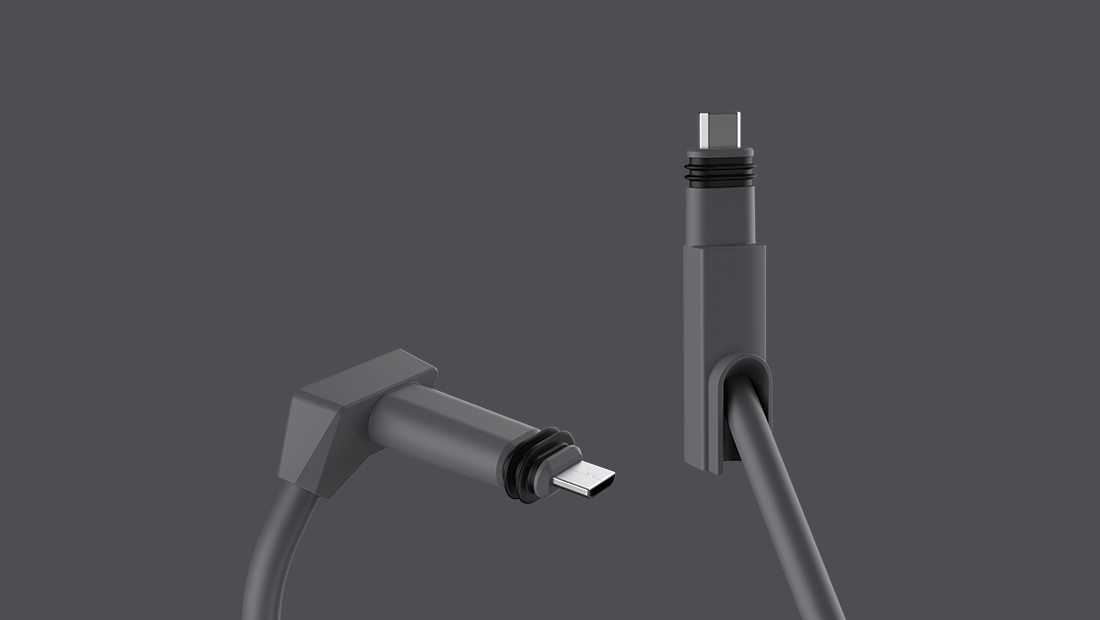Some intial background. I have a Recteq RT-B380X Bullseye Deluxe that I wish to track its usage from home assistent and have local control over it. It is important to note that this will require you to unpair your grill from the Recteq app, which I was ok with since I could just control it via HA if desired. There are some projects which have worked to add this to home assistent but have since stopped working due to issues getting the localkey and protocal changes.
These are notes from my efforts to get Ubuntu 20.04 installed on my older MacBook Pro. I'm making this gist public in the hopes that it's helpful to others.
I did a Minimal install, but selected the option to install additional 3rd-party drivers.
Wifi doesn't work during the install (because it requires a 3rd-party driver), so you won't be able to choose to download updates while installing. No big deal, run a software update after the install.
The installer takes about 25 minutes to complete. Post-install, most things work. The only driver I had to manually install was for the FaceTime camera. More on that below.
This file contains hidden or bidirectional Unicode text that may be interpreted or compiled differently than what appears below. To review, open the file in an editor that reveals hidden Unicode characters.
Learn more about bidirectional Unicode characters
| #!/bin/bash | |
| readonly BACKUP_DIR=/backup/speck | |
| usage() { | |
| echo "usage: $(basename "$0") addon_name" 2>&1 | |
| exit 1 | |
| } | |
| addon_install() { |
This file contains hidden or bidirectional Unicode text that may be interpreted or compiled differently than what appears below. To review, open the file in an editor that reveals hidden Unicode characters.
Learn more about bidirectional Unicode characters
| -- Authentication -- | |
| URL: https://api.sense.com/apiservice/api/v1/authenticate | |
| Method: POST | |
| Fields: | |
| email (your email) | |
| password (your password) | |
| response JSON: | |
| { |
This file contains hidden or bidirectional Unicode text that may be interpreted or compiled differently than what appears below. To review, open the file in an editor that reveals hidden Unicode characters.
Learn more about bidirectional Unicode characters
| var client = {}; | |
| client.run = function (options) { | |
| options = options || {}; | |
| var socket = io.connect(options.remote || "http://localhost:8080"); | |
| socket.on('connect', function() { | |
| var term = new Terminal({ |
